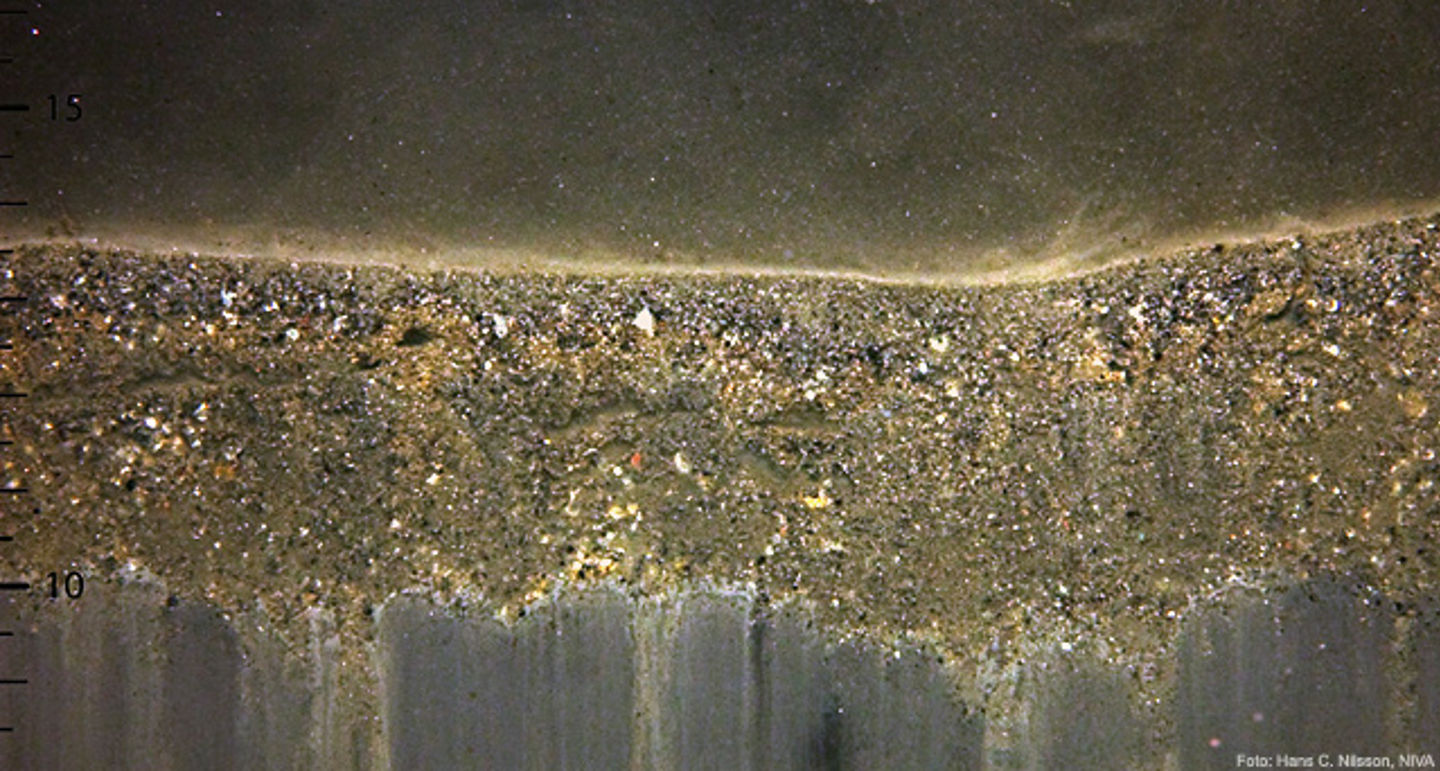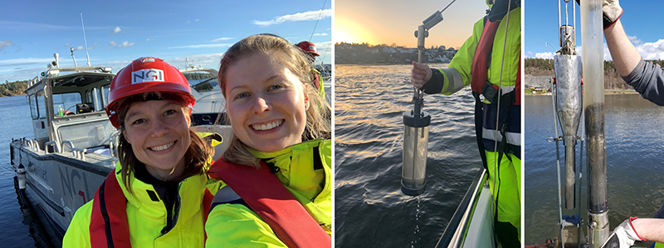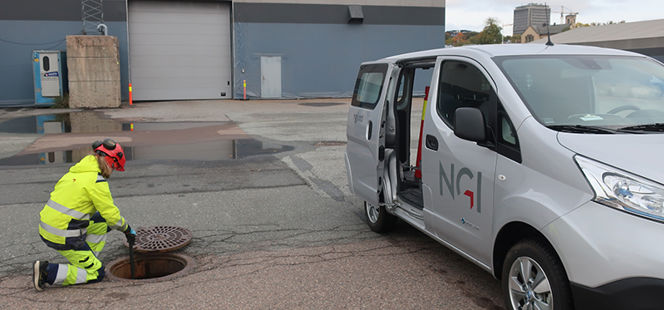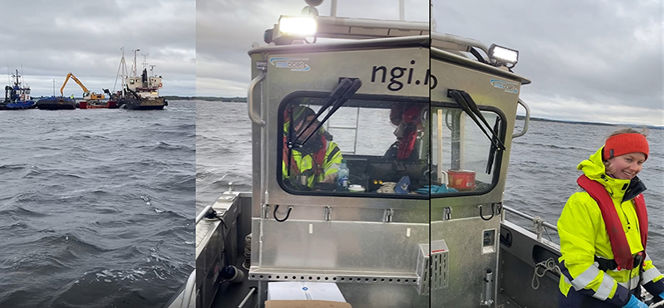Contaminated sediments

Contaminated seabed is a problem in harbors and fjord areas, but also in lakes and stretches of river. Challenges can arise either because the development or improvement of sailing depth is to be done, or because the sediments leak pollution that results in poor water quality and is harmful to plant and animal life in the area.
NGI has developed the subject area, and has methods for documenting the state of the sediments and finding out if measures need to be taken, and if so, projecting measures for what should be done.
Site investigations and risk assessment

Video NGI boat FF Kolstad
Sampling is the first step in getting an overview of the environmental status. In the video above, NGI is out with its field boat, F/F Kolstad.
Commissioned by the Norwegian Environment Agency, NGI has prepared guides that describe how field surveys should be carried out and how data should be interpreted and understood.
Advanced measuring equipment such as benthic landers and passive samplers provide data that answers the stage 3 risk assessments of dispersion, bioavailability, and toxicity.
Large toolbox for action solutions
No measures to clean up areas with contaminated sediments will be precisely the same. Each case needs a tailor-made and specially adapted measure to provide the results required to achieve the project's goals.
Each year, certain Norwegian rivers bring large quantities of material deposited in the sea and provide a natural covering of previously polluted seabeds. In combination with monitoring and source control, nature is a cost-effective contractor.

Investigations of stormwater runoff provide answers to what new pollution is added to the sea. If the source of pollution is not under control, this must be remedied first.
Dredging
To achieve sailing depth for vessels, regular dredging is necessary. As a rule, dredging will not be the first choice of methodology if measures are to be taken for environmental improvement alone.
Laying out layers of mineral masses provides effective isolation of contaminated sediment. NGI designs the cover layer, considers what it must resist erosion, and finds the layer thickness based on what cover material is available and the sediment's state.
When covering larger areas, thin covering (a few centimeters thick) can be the most 'bang for the buck', i.e., the most cost-effective. Mixing in material such as activated carbon can be part of the solution.
"Buy land, they don't make it anymore" is a truth with modifications. The use of surplus materials from tunnels and road cuttings can provide opportunities for infilling the sea and the creation of new land areas. Dredged sediment can be used as building material to create a beachside landfill which will later be able to provide a plot of land - with a sea view.

Dredged masses from waterway deepenings and harbors are rarely hazardous waste. The volumes can be very large, and disposal under water can be an excellent alternative to taking up landfill space on land.
